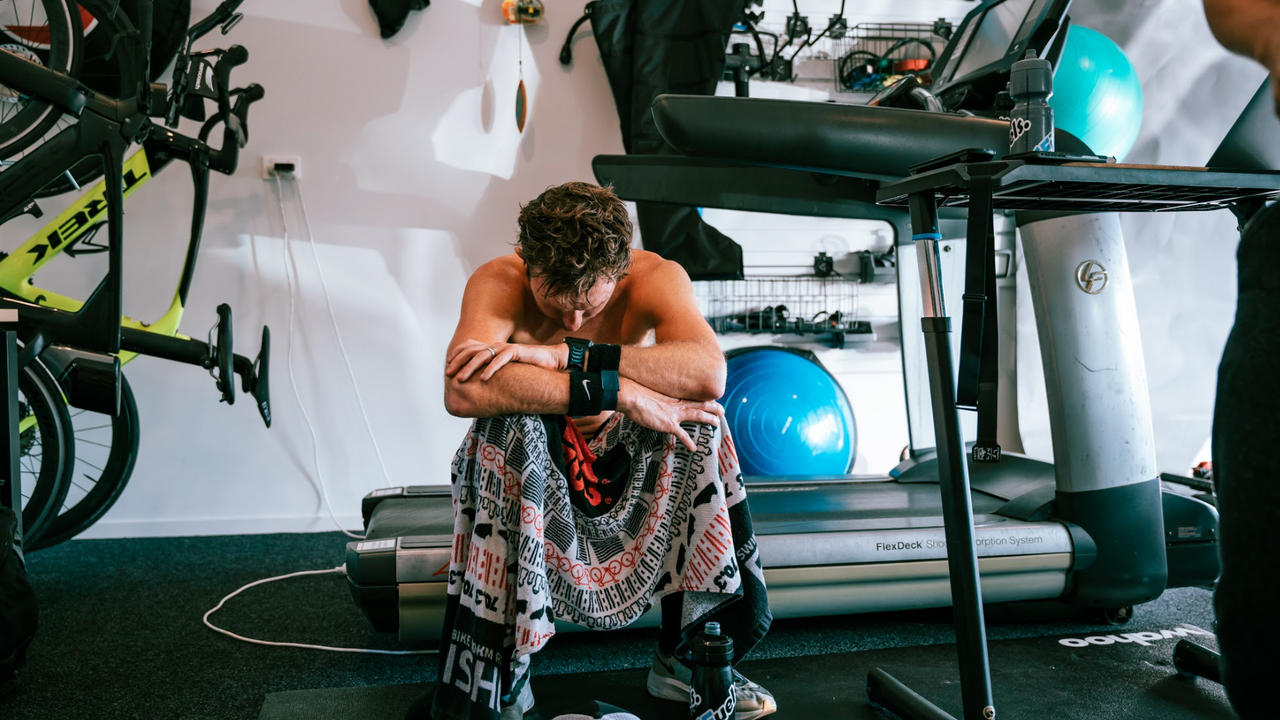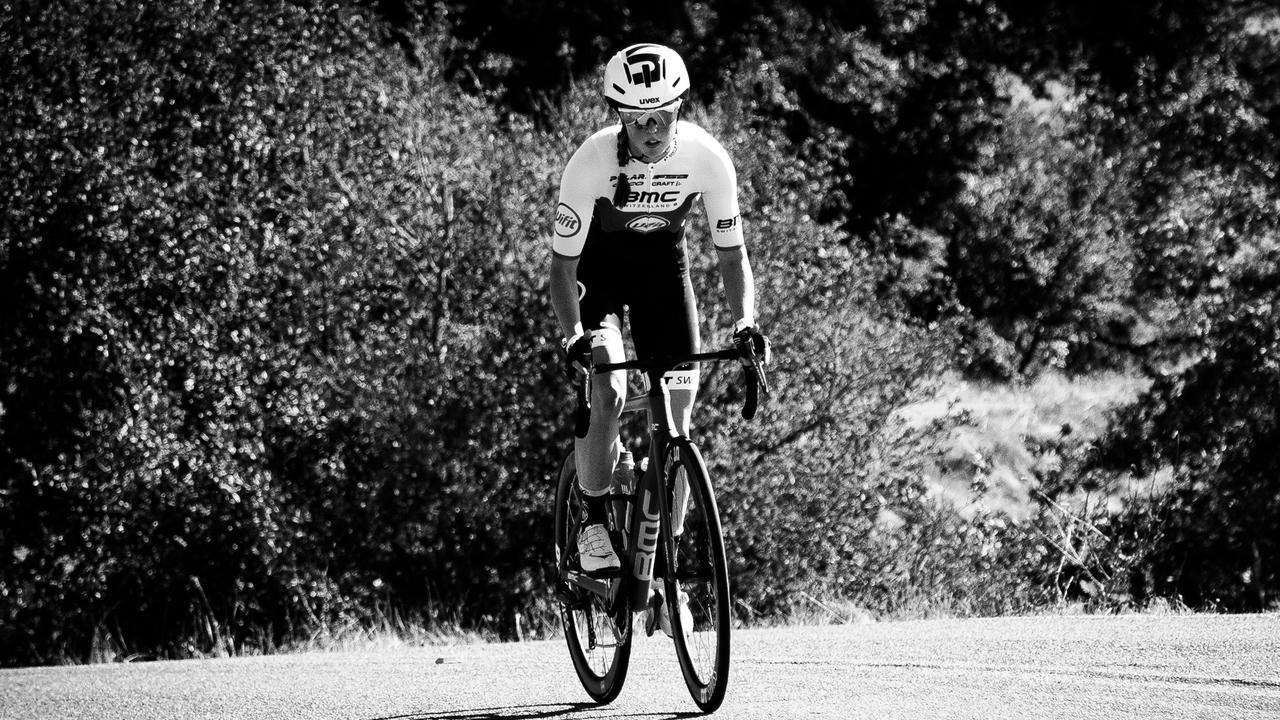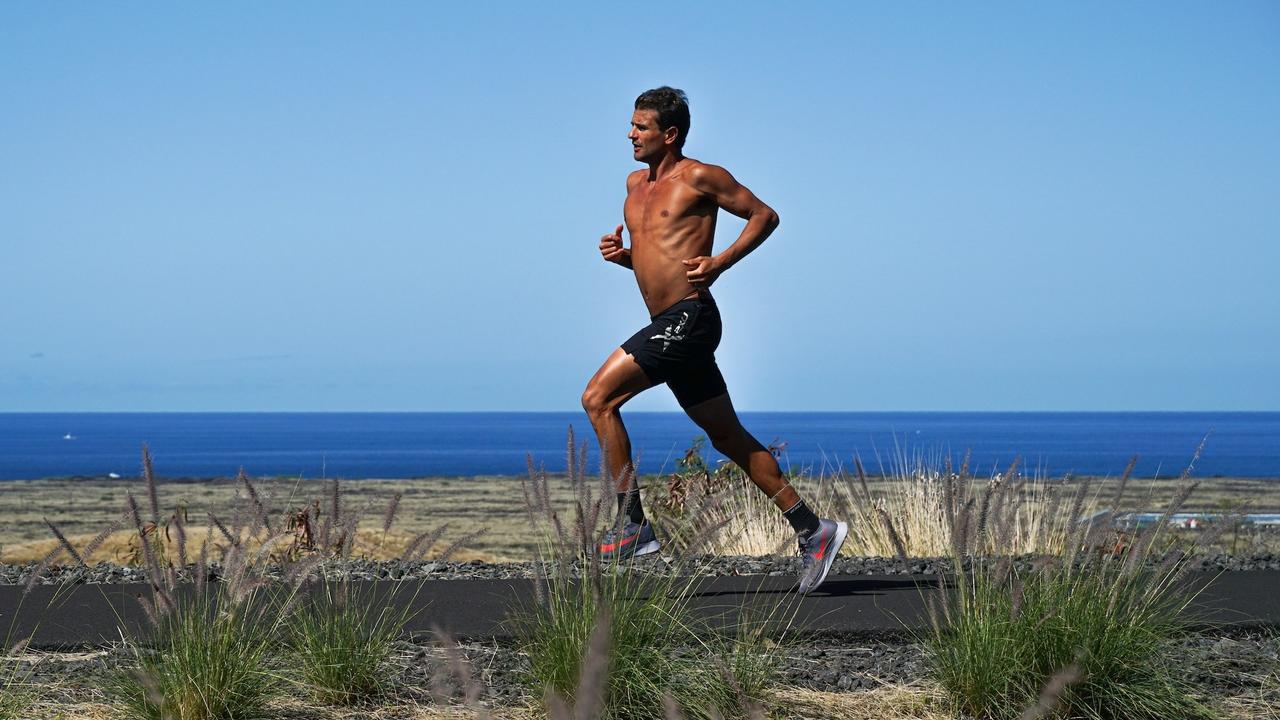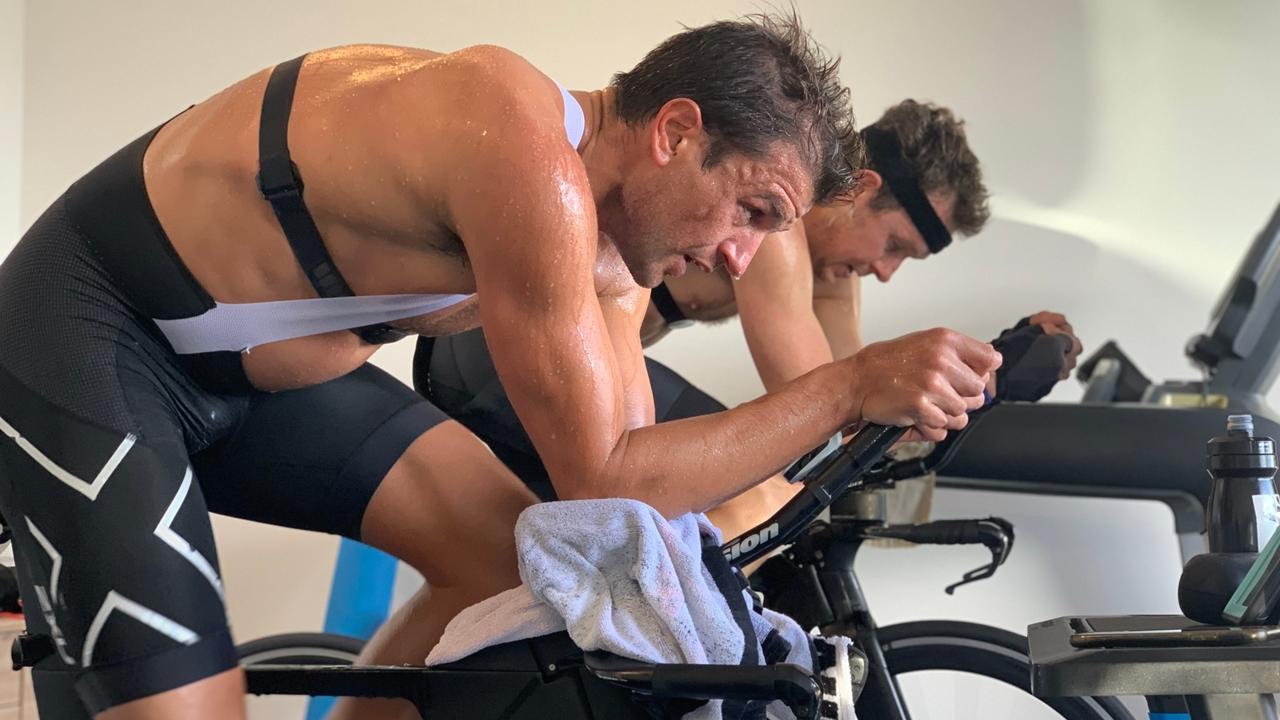How is Your Durability? Why understanding athlete durability is a key metric for Ironman Success

As endurance athletes, we know that getting enough volume into our training programme is critical in our preparation for an event, and we know that to get enough volume without becoming overreached and overtrained, we need to manage and regulate our training intensities effectively (4, 6). We might therefore plan and programme-specific long-duration training sessions designed to generate low physiological stress within our programme (7). Ideally, we'll use physiological profiling numbers – specifically, knowledge of the power output, running speed, and heart rate at the first threshold or moderate-to-heavy intensity transition – to programme and regulate these sessions (5). For example, suppose we determine that our first threshold occurs at 240 W. In that case, we might cap our long, low-intensity weekend ride at, say ~230 W. We also use this number to help quantify things like training load and how much weekly volume was completed within a specific zone.
This is a generally quite ef...
Kona Gems

Written November 2018
Since Kona, it’s been all R and R, and it’s been just amazing and much needed. It’s been an incredible few weeks and crossing that finish line on October 13th felt like standing on the moon. I’m keen to share some thoughts, data and experiences on my #roadtokona, and it’s been nice to have the time to reflect over the past week. What worked, what didn’t and what do I think were some of the critical principles that helped get a result I never thought was possible. This short blog post includes my top three “gems” that I believe had significant contributions. These aren't exclusive to my personal experiences preparing for Kona, but align also to observations I’ve had when working with numerous world and Olympic champions.
1. FOCUS ON THE PROCESS. I don’t believe in the word “sacrifice”. Everything we do is a choice in life, and of course, training is no different. I loved (and still love) every aspect of training. That’s not just the training itself, but also the...
The Role of Myofascial Slings in Triathlon: Part 2 – Training the Sling System

by Adam Storey, PhD
In the last post, an overview of the myofascial sling system which is comprised of skeletal muscles, fascia, and ligaments was presented. The myofascial slings work in harmony to create strength and stability during movement which reinforces the concept that we need to train movement patterns as opposed to individual muscles.
In Part 2 of this series, the rotational power producing serape effect will be introduced and various exercises that target the myofascial sling system will be discussed.
The Serape Effect:
The synergistic stretch and activation of various tissues across the body to transmit force during rotational-type activities (e.g., running, throwing, kicking, and swimming) is also referred to as the serape effect (Juan C Santana, McGill, & Brown, 2015).
The term “serape effect” is derived from the orientation of the associated muscle groups which are likened to a traditional Mexican serape that is draped over the shoulders, connecting the front and...
The maximum metabolic steady-state: Definition, measurement, and application

By Dr Ed Maunder and Dr Dan Plews
Recently, we blogged about the importance of the lactate threshold in long-distance triathlon training and performance. As we discussed, the lactate threshold is also referred to as the ‘aerobic threshold’, or VT1 and LT1. In this blog we are going to discuss the importance of the second physiological threshold, commonly referred to as the ‘anaerobic threshold’, ‘lactate turn-point’, or VT2 and LT2 (29). We refer to this second threshold as the ‘maximum metabolic steady-state’ (MMSS), and in this blog, we will explain why.
The maximum metabolic steady-state
The MMSS refers to the intensity at which we transition from ‘steady-state’ to ‘non-steady-state’ metabolic responses to prolonged exercise. When we are in a metabolic steady-state, exercising at a constant-power or pace will produce stable responses; that is, muscle and blood lactate concentrations, acid-base balance, phosphocreatine availability, and oxygen consumption (VO2) will plateau and ...
Pre-exercise nutrition: What do we know and how should we use it?

-Dr Dan Plews
All endurance athletes eat, and all endurance athletes train. Whether consciously or not, all endurance athletes therefore have to make decisions about what they eat (or don’t eat) before training. Pre-exercise nutrition has the potential to impact the substrates we utilize to fuel training (i.e. fats and carbohydrates), our performance in training (i.e. the watts or pace we put out), and also our adaptive responses to the training stimulus (1, 2).
Pre-exercise nutrition is therefore a fascinating and highly relevant area of study in sports science. Recently, my PhD student Jeff Rothschild, AUT Professor Andrew Kilding and myself published a large review of the effects of pre-exercise nutrition on a range of metabolic and physiological responses in the open-access journal Nutrients (3). We pooled the results of 125 studies, which included data from 1245 athletes (~13% females) to assess the effects of pre-exercise carbohydrate (CHO) ingestion and pre-exercise muscle gly...
Hill reps and overgearing: What does the science say?

Image by Rook Media
We’ve really been enjoying watching the return of road racing after the pandemic (or somewhat ‘after’), like we're sure many of you are too, and are particularly enjoying watching the athletes at Le Tour grinding up the Alps and Pyrenees in big gears and at massive power outputs. Hill reps are a common part of many endurance training programs, whether that be for running, cycling, or triathlon, and at Endure IQ we are big fans of riding up hills and doing specific overgearing work on the trainer in preparation for a long-distance triathlon (in fact, we dedicate a whole module to this type of training in our three disciplines in our online course LDT 102). We thought now was as good a time as any to review some of the key studies in this field, and whether the available research backs up this type of training prescription.
Specific strength training for endurance athletes
We call this type of work – whether it be riding or running up-hill, or riding on the...
Plyometrics: Free speed for endurance athletes
Most people can generally understand training specificity, run more, and I’ll get better at running. Simple, at least until you can’t go running as much as you’d like - maybe because you have a busy work week, family commitments or there’s a global pandemic. Then you must get more creative. One of the more under-utilized concepts of training specificity is training for the adaptations beneficial to the event, rather than just training the event itself. Essentially, if I want to get better at long-distance triathlon (LDT) performance, what metabolic, structural, and neural adaptations do I need to make me stronger, last longer, and ultimately perform better? While you don’t need to start squatting 400 lbs (in fact please don’t!), plyometric training falls into this specific strength category (i.e. hill running, big gear cycling, core training, posture, etc.), which can be valuable to target adaptations directly beneficial to endurance training. Traditionally, endurance athletes an...
Training Ironman triathletes in the real-world: Case study of a heat stress training camp

In Endure IQ LDT102: Training Program Fundamentals for Long Distance Triathlon, we explore the best training methods used by long-distance triathletes that facilitate optimal performance, and in LDT103: Heat and Long Distance Triathlon, we focus on something all long-distance triathletes seeking to cross the finish line at the World Championships will encounter, heat. In this blog, we are going to touch the surface of both of these crucial topics by describing a case study that we published this year on a three-week heat stress training camp in Kona, Hawaii undertaken by two elite Ironman triathletes (10). This case study gives strong practical insight into how a very successful three-week block of training can be performed by two elite Ironman triathletes, and the additional considerations that are encountered when temperatures rise.
Heat stress training camps: What are they? Why do endurance athletes do them?
The first things to ask, then, are what exactly is a ‘heat stress ...
HRV Guided Training: Maximizing your Training in the Last Phase of the Season

With the race season coming to a close, and the Ironman World Championships just around the corner, many athletes will be squeezing in as many key sessions as possible during this critical training period. But as we sit on a knife’s edge between training “too much” and “too little”, it’s useful to have some objective measurement to ensure we’re maximizing the adaptation from every training session we undertake.
Recently, I was fortunate enough to have contributed to a heart rate variability guided training study with lead author Alejandro Javaloyes (1). The study compared an eight-week cycling training programme prescribed according to either pre-defined block periodization (BP) or guided using heart rate variability (HRV). That is, subjects completed either a mixed programme set out in advance or a programme adjusted on a day-to-day basis via daily heart rate variability measurements using the smartphone application ‘HRV4Training’.
HRV is a measurement of the variability in the time...
Jan Van Berkel: The Ketocop on the Low Carb Healthy Fat Diet

Fresh off the plane from Zurich, I’m still on a high after seeing my good friend and athlete Jan van Berkel finished on top of the podium at the last ever Zurich-hosted Ironman Switzerland last weekend in a blistering time of 8:17:04. Jan likes to call himself The Ketocop, so the title of this blog is very appropriate.
Jan led the field out of the water with a 51:38 swim, led the field off the bike after a 4:35:14, and romped home to a 6-min victory over countryman Sven Riederer after a 2:46:41 marathon. Jan’s victory seems like an appropriate time to talk you through the journey we have been on through his Ironman career to date.
Jan approached me in 2016 as a very talented triathlete with quality results in Olympic distance triathlon but he was struggling to transition to Ironman. He had, as many do, been consistently blowing up in the last 10-15 km of the marathon, full of gels but out of gas. Given his pedigree at the Olympic distance, I certainly could see the potential in...
